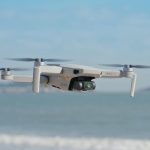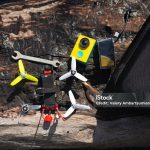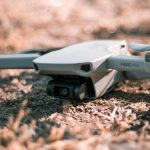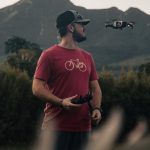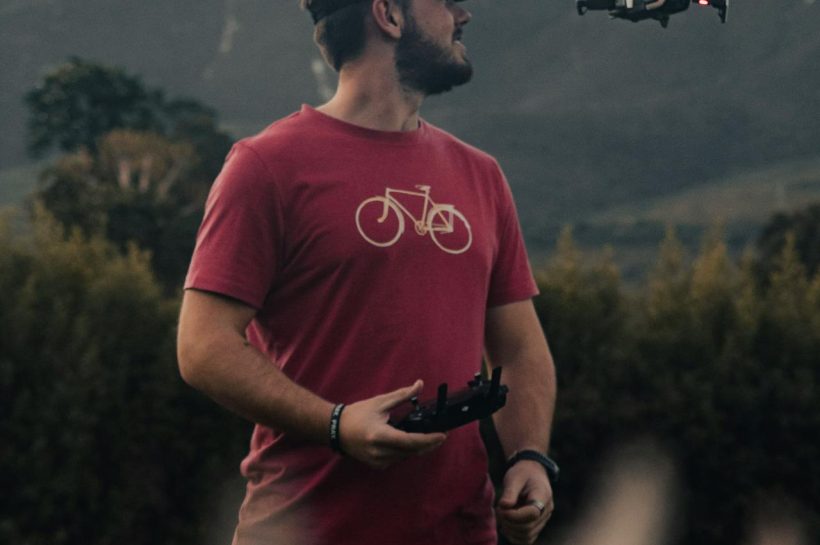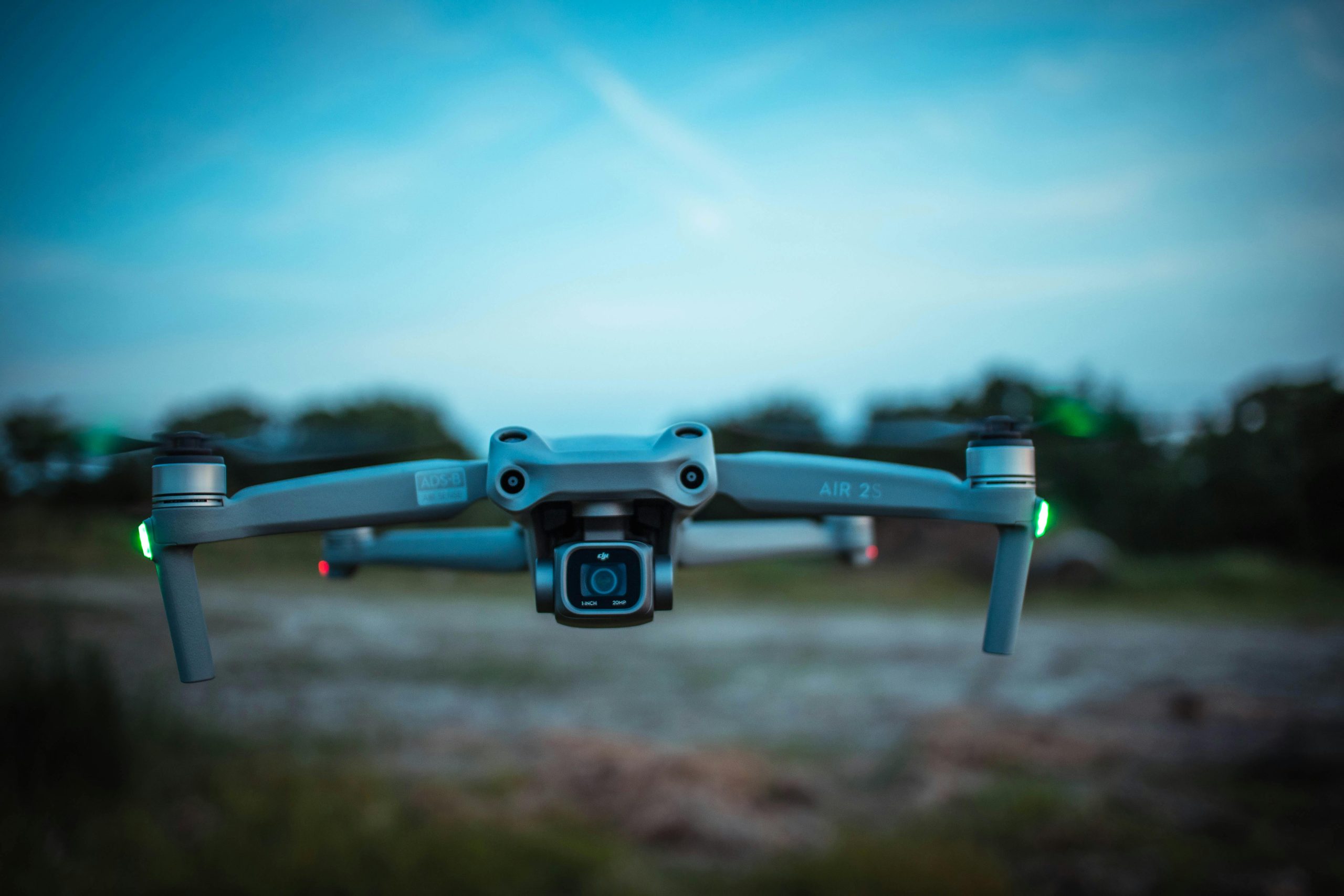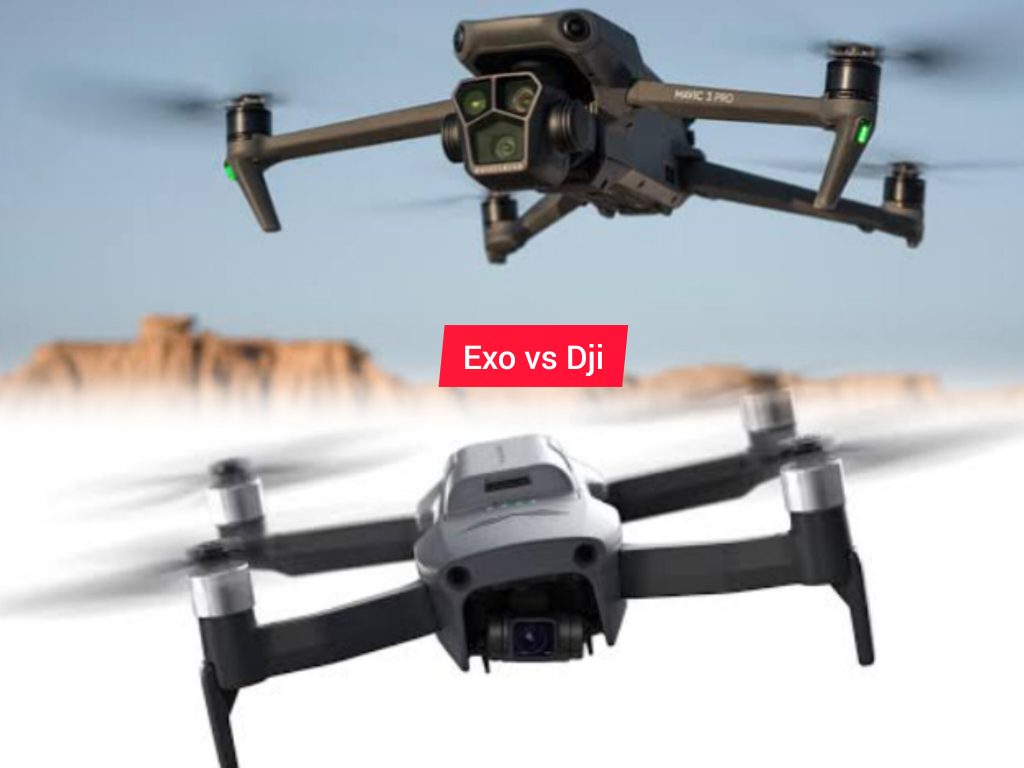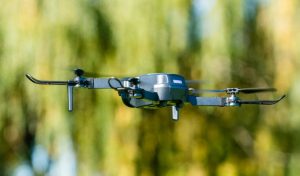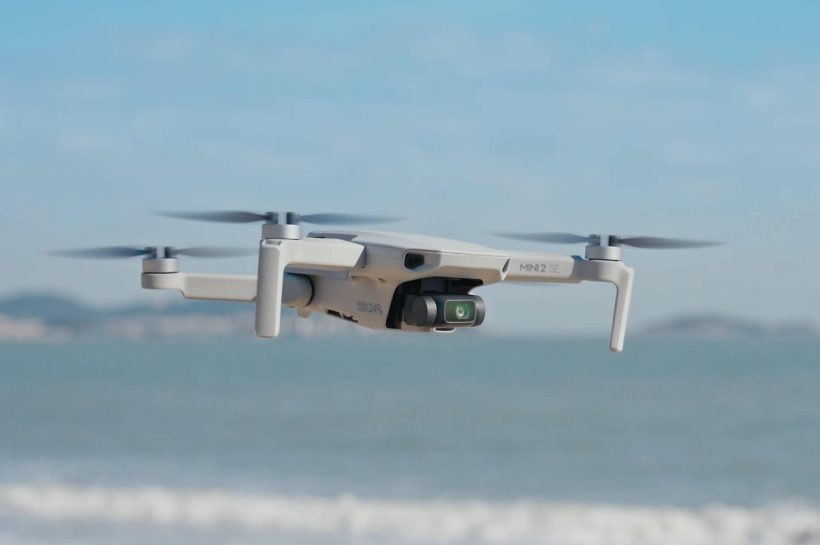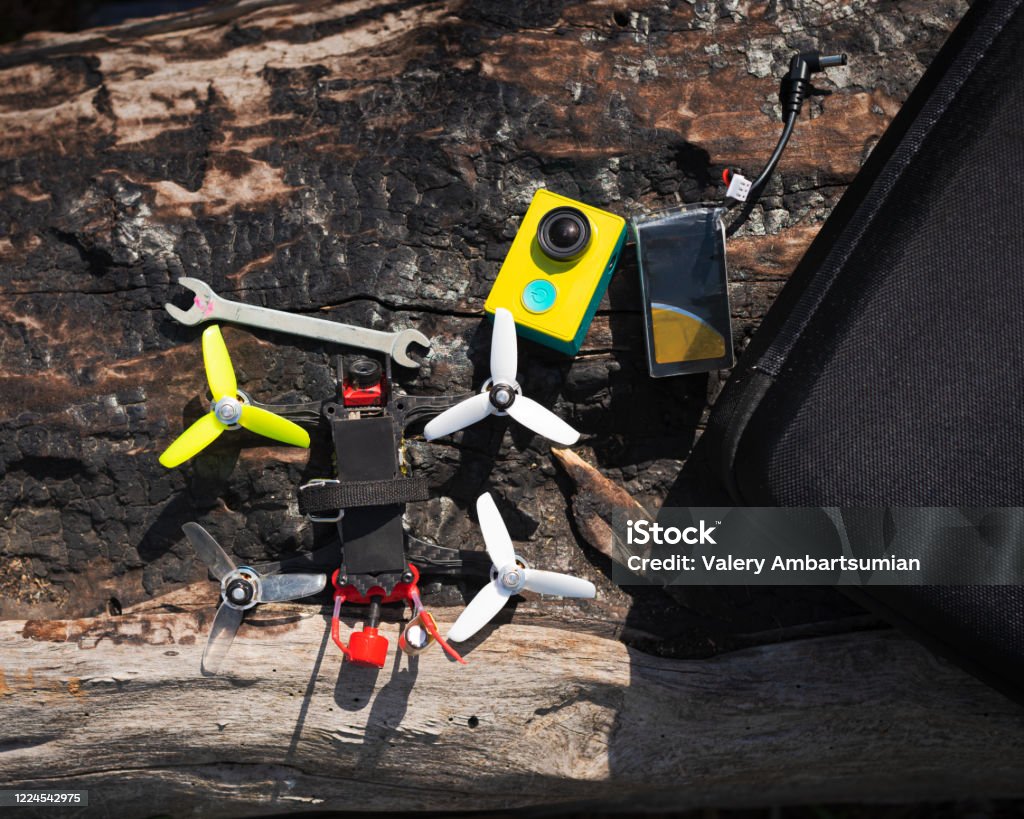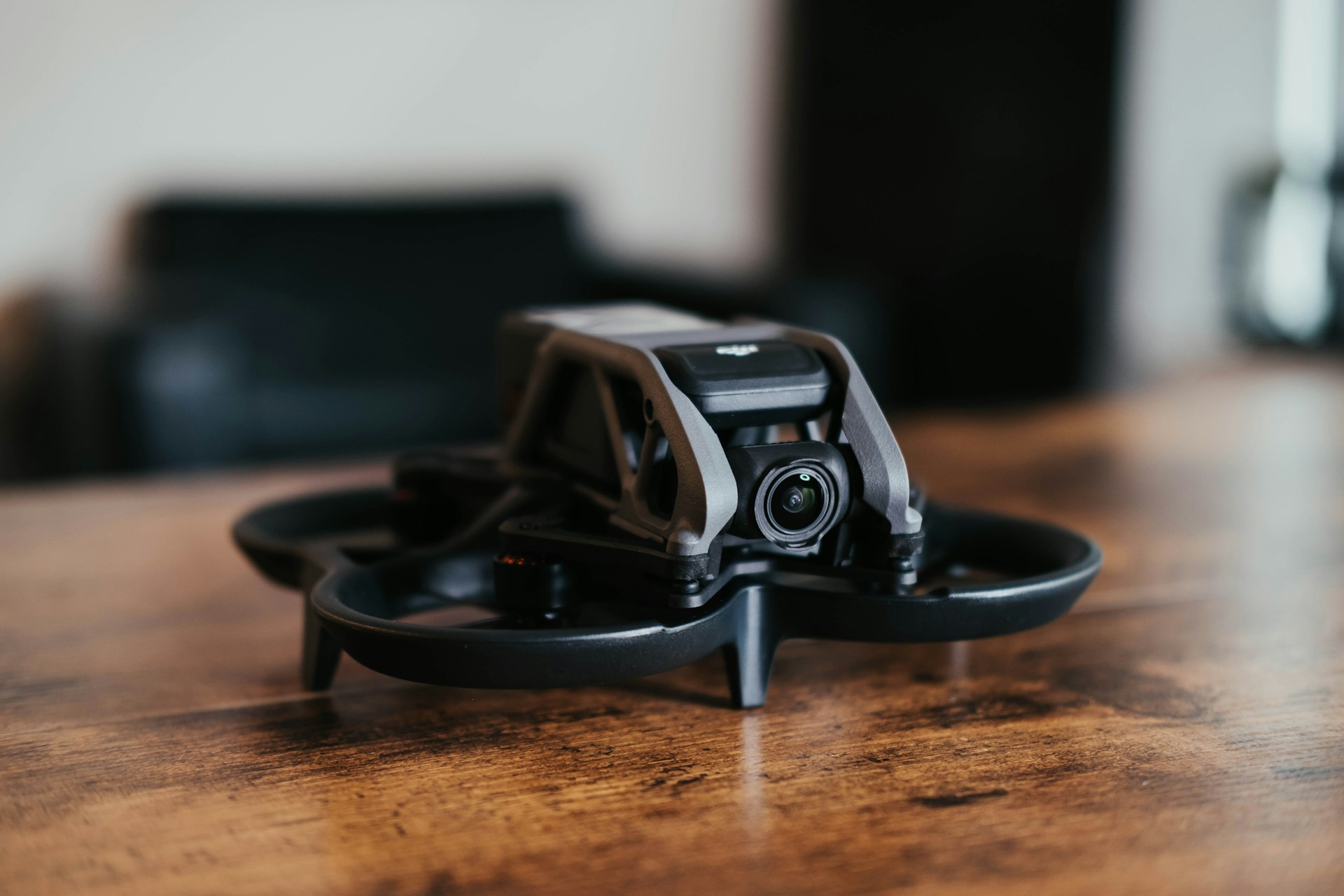Drones have become an increasingly popular tool for capturing stunning aerial footage and providing unique perspectives on our world. These flying cameras have become more accessible and affordable than ever, making them a must-have for any professional photographer or videographer. But flying a drone is not as easy as it may seem. To get the most out of your drone, it’s important to learn the essential skills and techniques for mastering the skies. Whether you’re a beginner or an experienced drone pilot, this blog post will provide you with valuable tutorials and tips to help you become a pro. From basic maneuvers to advanced flight techniques, read on to learn everything you need to know to become a skilled drone pilot. Get ready to take your drone flying to new heights!
Introduction to Drone Flying: Understanding the Basics
Embarking on the thrilling journey of mastering drone flying requires a solid foundation in understanding the basics. As you venture into the skies with your drone, it is crucial to grasp key concepts that will not only enhance your piloting skills but also ensure a safe and enjoyable flying experience.
At the core of drone flying lies the understanding of how these innovative devices operate. From comprehending the various components of a drone to familiarizing yourself with the remote controller, each element plays a vital role in the seamless flight of your drone. Moreover, gaining insight into the different flight modes, such as GPS mode and manual mode, empowers you to navigate your drone with precision and confidence.
Furthermore, mastering basic maneuvers, including takeoff, landing, hovering, and basic flight controls, forms the building blocks of your drone piloting prowess. By honing these fundamental skills, you lay a strong foundation for more advanced flying techniques and maneuvers in the future.
In essence, the introduction to drone flying serves as a pivotal first step in your journey towards becoming a skilled drone pilot. Embrace the basics, cultivate your understanding of drone operation, and prepare to soar to new heights as you embark on this exhilarating adventure in the skies.
Choosing the Right Drone for You
When it comes to mastering the skies with your drone, choosing the right one for you is a crucial first step. With the plethora of options available on the market, selecting a drone that suits your needs and skill level can make a significant difference in your flying experience.
Before making a purchase, consider factors such as the purpose of your drone usage, whether it’s for aerial photography, racing, or recreational flying. Each type of drone is designed with specific features to cater to these different needs, so it’s essential to match the drone’s capabilities with your intended use.
Additionally, take into account your level of experience with drones. Beginners may benefit from drones with easy-to-use controls and features like stabilization systems and beginner-friendly flight modes. On the other hand, experienced flyers might prefer advanced drones with more manual control options and higher performance capabilities.
Budget is another crucial consideration when selecting a drone. Determine how much you’re willing to invest in this hobby and find a drone that offers the best value within your price range. Remember that investing in quality equipment can enhance your flying experience and provide better long-term value.
By carefully evaluating these factors and doing thorough research on different drone models, you can choose the right drone that aligns with your goals, skills, and budget, setting the foundation for a successful and enjoyable drone flying journey.
Pre-flight Checklist: Ensuring a Safe Flight
Before taking to the skies with your drone, it’s crucial to conduct a thorough pre-flight checklist to ensure a safe and successful flight. This checklist serves as a vital tool in minimizing risks and maximizing the enjoyment of your drone flying experience.
Firstly, start by checking the overall condition of your drone. Inspect the body for any signs of damage, ensure that all parts are securely attached, and confirm that the propellers are in good working order. It’s important to address any issues before attempting to fly.
Next, make sure that the battery is fully charged and properly inserted into the drone. Check the remote control’s battery level as well to avoid any mid-flight disruptions. Additionally, confirm that the memory card is properly inserted and has enough storage space for capturing footage.
Ensure that the drone’s GPS signal is strong and that the calibration is accurate. This will help maintain stability and control during the flight. Verify that the remote control is synced with the drone and that all settings are configured correctly for your intended flight plan.
Lastly, conduct a safety check of the flight area. Look out for any obstacles, people, or wildlife that could pose a risk during flight. Choose a location with clear airspace and minimal interference to ensure a smooth and safe flying experience.
By diligently following a pre-flight checklist, you can set yourself up for a successful drone flying session while prioritizing safety and responsibility in the skies.
Mastering Drone Controls: Practice Makes Perfect
Mastering drone controls is a crucial aspect of becoming a skilled drone pilot. Just like learning to ride a bike or drive a car, practice makes perfect when it comes to handling a drone. One of the fundamental skills to focus on is understanding how the controls work and how they affect the movement of the drone.
Start by familiarizing yourself with the basic controls – throttle, yaw, pitch, and roll. These controls dictate the drone’s altitude, rotation, and horizontal movement. Spend time practicing each control individually to get a feel for how they impact the drone’s flight.
Once you are comfortable with the basic controls, practice combining them to perform more complex maneuvers. Try flying in different directions, performing smooth turns, and maintaining a steady altitude. Gradually increase the difficulty of your maneuvers as you gain confidence in your flying skills.
Remember, mastering drone controls takes time and patience. Don’t get discouraged if you make mistakes or experience crashes along the way – these are all part of the learning process. With consistent practice and dedication, you’ll soon be navigating the skies with precision and confidence.
Understanding Flight Modes and Settings
Understanding flight modes and settings is crucial for mastering the art of drone flying. Diving into the intricacies of your drone’s flight modes can greatly enhance your flying experience and the quality of your aerial footage.
First and foremost, familiarize yourself with the different flight modes available on your drone. These may include modes such as GPS mode, Sport mode, Attitude mode, and more. Each mode serves a specific purpose and offers unique capabilities, so knowing when and how to utilize them can make a significant difference in your flying performance.
Additionally, delving into your drone’s settings allows you to customize various parameters to suit your specific needs and preferences. This could involve adjusting flight sensitivity, camera settings, return-to-home altitude, and more. By fine-tuning these settings, you can optimize your drone’s performance and capture stunning aerial shots with precision.
Overall, mastering flight modes and settings is essential for drone enthusiasts looking to elevate their flying skills and creativity. Take the time to explore and understand these features, and you’ll be well on your way to becoming a proficient drone pilot.
Navigating Safety Regulations and Guidelines
Navigating safety regulations and guidelines is paramount when it comes to mastering the skies with your drone. As drone technology becomes more advanced and accessible to the general public, it is crucial to prioritize safety at all times. Before taking flight, familiarize yourself with the rules and regulations set forth by aviation authorities in your region. This includes understanding no-fly zones, altitude restrictions, and privacy laws.
Furthermore, it is essential to practice safe flying techniques to prevent accidents and mishaps. Always conduct pre-flight checks to ensure your drone is in optimal condition and that all components are functioning correctly. Additionally, be mindful of weather conditions and avoid flying in adverse weather such as strong winds or rain.
By adhering to safety regulations and guidelines, you not only protect yourself and others but also contribute to the responsible and ethical use of drones. Remember, safety should always be the top priority when taking to the skies with your drone.
Capturing Stunning Aerial Footage: Tips for Drone Photography
Capturing stunning aerial footage with your drone can take your photography or videography skills to new heights. To make the most of your drone’s capabilities, there are several key tips to keep in mind.
First and foremost, understanding your drone’s camera settings is crucial. Adjusting parameters such as ISO, shutter speed, and white balance can greatly impact the quality of your footage. Experiment with different settings to find the perfect balance for the lighting conditions and desired aesthetic.
In addition, framing your shots effectively is essential for creating visually appealing aerial footage. Consider the rule of thirds and leading lines to compose dynamic and engaging shots. Explore various angles and altitudes to capture unique perspectives that showcase the beauty of your surroundings.
Furthermore, mastering smooth and controlled movements is key to achieving professional-looking drone footage. Practice flying in different flight modes, such as manual and GPS-assisted modes, to enhance your maneuvering skills and capture smooth, cinematic shots.
Lastly, don’t forget about post-processing. Editing software can help enhance the colors, contrast, and overall look of your aerial footage. Experiment with different editing techniques to bring out the best in your drone photography and create stunning visuals that leave a lasting impression.
By incorporating these tips into your drone photography practices, you can elevate your aerial footage and create captivating visuals that showcase the world from a whole new perspective.
Advanced Maneuvers: Drone Flying Techniques
Mastering advanced drone flying maneuvers can take your skills to new heights and open up a world of creative possibilities. These techniques require practice, patience, and a good understanding of your drone’s capabilities. One of the most popular advanced maneuvers is the “Orbit.” This involves flying your drone in a circular path around a subject, creating a captivating cinematic effect. Another impressive maneuver is the “Fly Through,” where you navigate your drone through tight spaces or obstacles with precision and control. Additionally, mastering the “Point of Interest” technique allows you to lock your drone onto a specific subject while the drone rotates around it, capturing dynamic and visually striking footage. By practicing these advanced maneuvers and techniques, you can elevate your drone flying skills and capture stunning aerial shots that will leave viewers in awe.
Troubleshooting Common Drone Flying Issues
Mastering the art of drone flying comes with its fair share of challenges. As you navigate the skies with your drone, it’s inevitable that you may encounter some common flying issues. Understanding how to troubleshoot these problems is crucial in ensuring a smooth and successful flying experience.
One common issue that drone pilots face is signal interference. This can disrupt the connection between the remote controller and the drone, leading to loss of control or poor video transmission. To troubleshoot this problem, ensure that you are flying in an open area away from electromagnetic interference sources such as power lines or Wi-Fi signals. Additionally, make sure that your drone’s firmware is up to date to optimize signal strength.
Another common issue is battery drainage. Running out of battery mid-flight can lead to a potential crash landing. To avoid this, always monitor your drone’s battery levels before takeoff and plan your flight duration accordingly. Additionally, consider investing in spare batteries or a portable charger to extend your flying time.
Lastly, GPS signal loss can also pose a challenge for drone pilots. This can result in erratic flight behavior or difficulty in returning the drone to its home point. In such situations, try to regain GPS signal by flying to a higher altitude or open area. If the issue persists, manually control the drone back to a safe landing spot while ensuring obstacle avoidance.
By understanding and effectively troubleshooting these common drone flying issues, you can enhance your skills as a drone pilot and enjoy a more seamless flying experience.
Drone Maintenance and Care: Extending the Lifespan of Your Aircraft.
Drone maintenance and care are crucial aspects of being a responsible drone owner and pilot. By properly maintaining your drone, you not only ensure its longevity but also guarantee safe and efficient flights every time you take to the skies.
Regular maintenance checks should be incorporated into your drone flying routine. Inspect the propellers for any signs of wear and tear, and replace them if necessary. Check the motors, battery, and all other components for any damage or malfunction. Keeping your drone clean and free from debris will also contribute to its optimal performance.
Proper storage is another key aspect of drone care. Store your drone in a cool, dry place away from direct sunlight and moisture. Invest in a quality carrying case or backpack to protect your drone during transport.
Regular firmware updates are essential to keep your drone up to date with the latest features and improvements. Follow the manufacturer’s guidelines for updating your drone’s software to ensure smooth operation.
By investing time and effort into the maintenance and care of your drone, you can extend its lifespan and enjoy many successful flights in the future. Remember, a well-maintained drone is a safe and reliable drone.
We hope you found our drone flying tutorials helpful in mastering the skies with confidence. Drones are incredible tools that offer endless possibilities, from capturing breathtaking aerial footage to exploring new perspectives. By following our essential tutorials, you are well on your way to becoming a skilled drone pilot. Remember, practice makes perfect, so keep honing your skills and embracing the beauty of flight. Fly high, fly safe, and enjoy the endless adventures that drone flying has to offer.
